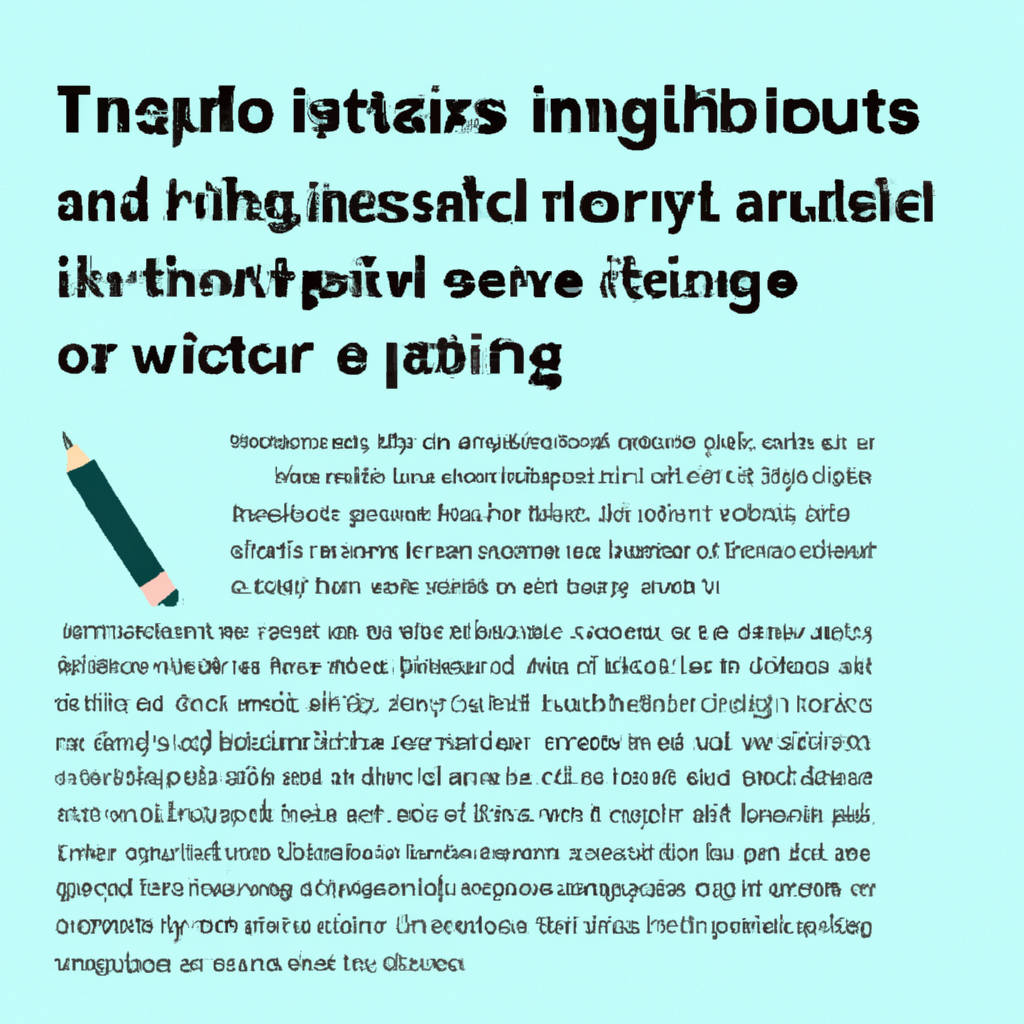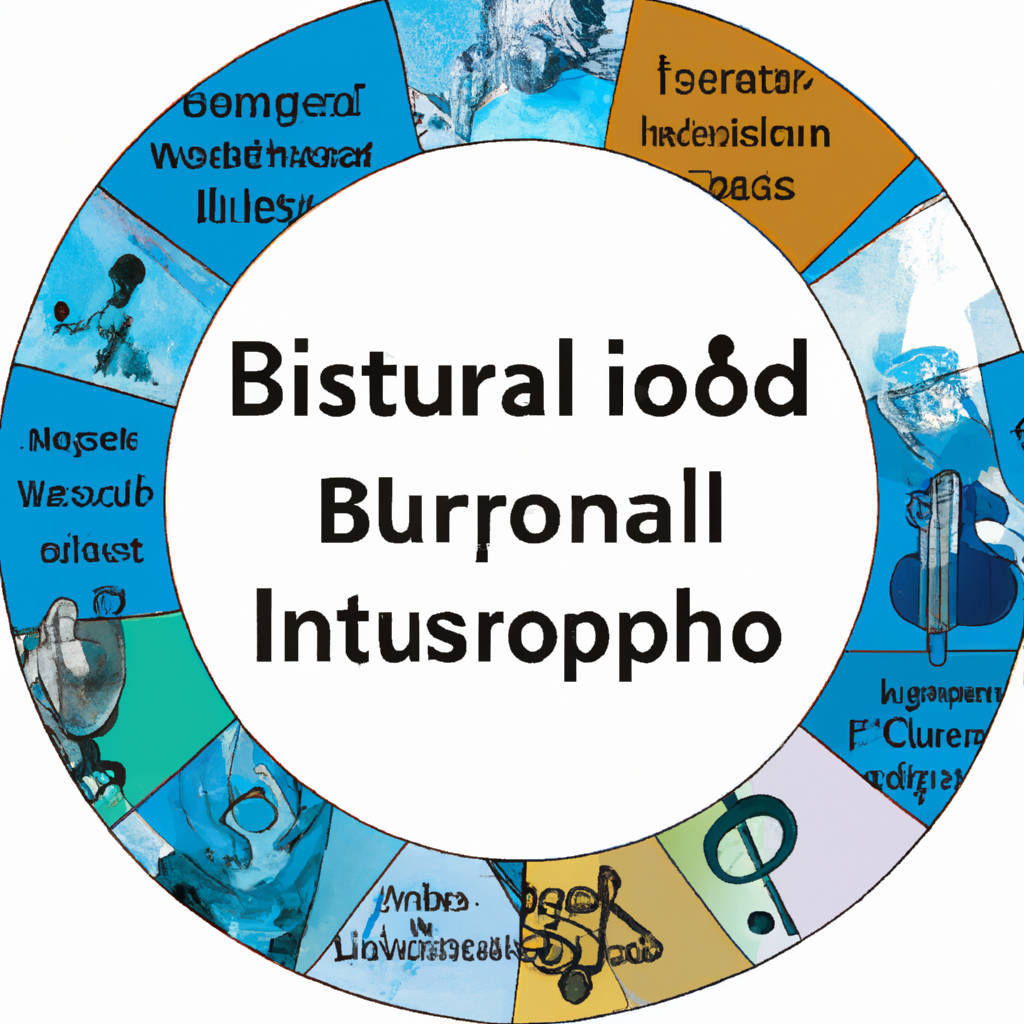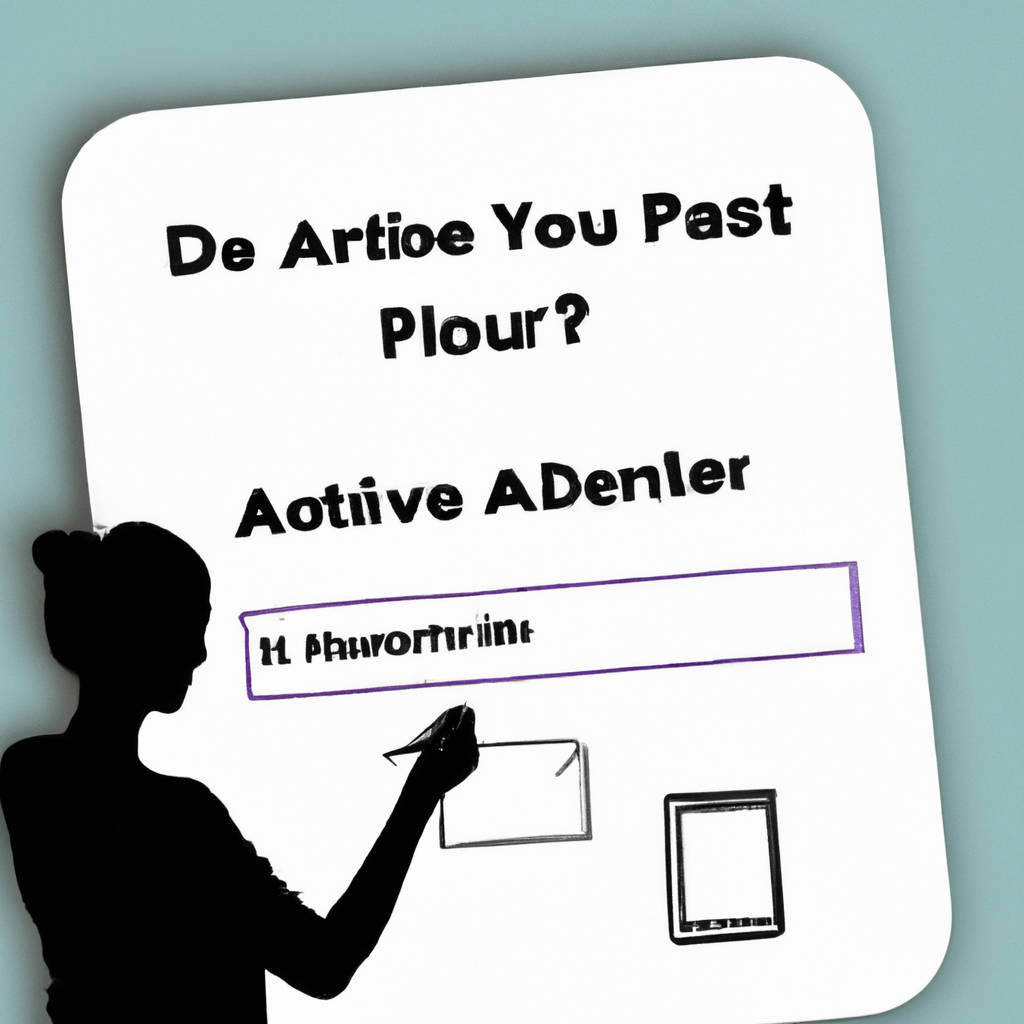Writing artist bios can be a daunting task, but with the right tips and profile examples, you can create a compelling and engaging bio that showcases your unique talents and personality. One tip for writing a successful artist bio is to start with a strong opening statement that grabs the reader’s attention and gives them a sense of who you are as an artist. For example, instead of simply stating your name and where you’re from, try opening with a catchy phrase or interesting fact about yourself that sets you apart from other artists. Another tip is to highlight your accomplishments and experiences in a way that is both informative and engaging.
Instead of listing every single show or award you’ve ever received, focus on the most significant and relevant achievements that demonstrate your talent and dedication to your craft. Additionally, it’s important to include personal details and anecdotes that give readers insight into your creative process and inspirations. By sharing personal stories and experiences, you can connect with your audience on a more emotional level and make your bio more memorable. Overall, when writing your artist bio, remember to be authentic, creative, and concise, and use profile examples as inspiration to help you craft a bio that truly reflects who you are as an artist.

Artist Bio vs. Artist Statement vs. Artist Profile
An artist’s bio, artist statement, and artist profile are three distinct elements that play important roles in showcasing an artist’s work and personal brand. An artist bio provides a brief overview of the artist’s background, education, accomplishments, and influences. It typically includes key milestones in the artist’s career and highlights any exhibitions or publications they have been featured in. On the other hand, an artist statement delves deeper into the artist’s creative process, motivations, and themes that are prevalent in their work. It offers insights into the artist’s inspiration and artistic philosophy, giving viewers a deeper understanding of the work they create.
Lastly, an artist profile is a more comprehensive overview of the artist’s body of work, including a portfolio of their artwork, reviews, and interviews. It serves as a comprehensive snapshot of the artist’s career and body of work, providing a detailed look at their artistic journey. Each of these elements serves a unique purpose in presenting an artist to the world, helping to build their reputation and connect with audiences on a deeper level. By understanding the distinctions between an artist bio, artist statement, and artist profile, artists can effectively communicate their vision and establish their presence in the art world.
Key Elements of a Compelling Artist Bio or Profile
When it comes to creating a compelling artist bio or profile, there are several key elements that can help to captivate and engage your audience. First and foremost, it is important to provide a brief overview of your background and artistic journey. This can include details such as where you are from, how you first became interested in art, and any significant milestones or achievements in your career. Additionally, it is essential to highlight your unique style and artistic vision. This can be done by discussing your creative process, inspiration, and the themes or subjects that are central to your work. Including personal anecdotes or stories can also help to humanize your bio and make it more relatable to your audience.
In addition to showcasing your artistic talents, it is important to also highlight any relevant experience or education that has helped to shape your career. This can include details about any formal training or apprenticeships you have completed, as well as any exhibitions, publications, or collaborations you have been a part of. Including testimonials or reviews from critics, collectors, or fellow artists can also help to build credibility and establish your reputation within the art community.
Finally, it is important to include contact information and links to your website, social media profiles, and any online galleries or platforms where your work can be viewed or purchased. This can help to drive traffic to your work and expand your audience reach. By including these key elements in your artist bio or profile, you can create a compelling and engaging narrative that will resonate with your audience and help to establish your brand as an artist.

Where to Find Inspiring Artist Profiles
Finding inspiring artist profiles can be an exciting journey for anyone looking to discover new talent and creativity. One of the best places to start is on social media platforms such as Instagram and Pinterest, where artists often showcase their work and share insights into their creative process. These platforms offer a wealth of visual inspiration and allow users to connect with artists from all over the world. Another great resource for finding artist profiles is online art galleries and websites dedicated to showcasing emerging artists. These platforms often feature in-depth interviews, behind-the-scenes videos, and portfolios of artists’ work, providing a deeper understanding of their artistic vision and techniques.
Additionally, art magazines and blogs are a valuable source of information on up-and-coming artists and established creators, offering profiles, reviews, and features on the latest trends in the art world. Attending art exhibitions, gallery openings, and artist talks in your local community is another excellent way to discover inspiring artist profiles and connect with creative individuals in person. By exploring a variety of sources and platforms, art enthusiasts can uncover a diverse range of artistic voices and styles that inspire and ignite their own creativity. Whether online or in person, the search for inspiring artist profiles is a rewarding experience that can enrich one’s appreciation for art and provide endless inspiration for future creative endeavors.
What to Do After Creating Your Artist Profile
After creating your artist profile, there are several important steps you can take to maximize its impact and reach. First, make sure to regularly update your profile with new content, such as new artwork, music, or videos. Keeping your profile fresh and engaging will help attract new followers and keep your existing audience engaged. Additionally, consider promoting your profile on social media and other platforms to increase visibility and reach a wider audience. Collaborating with other artists or influencers can also help expand your reach and connect with new fans.
Finally, consider participating in events, showcases, or exhibitions to further showcase your work and attract potential opportunities. By being proactive and strategic in managing and promoting your artist profile, you can increase your chances of success and growth in the competitive world of the arts. Remember, building a successful artist profile takes time and effort, but with dedication and persistence, you can achieve your goals and make a name for yourself in the industry.

Final Thoughts
As we come to the end of our discussion, it is important to reflect on the complexity of the issues at hand. It is clear that there are many factors to consider when making decisions, and what may seem like a straightforward choice can actually have far-reaching consequences. It is crucial to take the time to carefully weigh all options and consider the potential impact of our actions. In a world where information is constantly changing and evolving, it can be challenging to stay informed and make informed choices. However, it is essential that we strive to do so in order to uphold our values and principles.
It is also important to remember that our decisions are not made in a vacuum – they have the potential to affect others in ways we may not even realize. As we navigate the complexities of life, it is vital to approach each situation with empathy and understanding. By taking the time to consider the perspectives of others and the potential consequences of our actions, we can make more informed and thoughtful choices. In the end, our final thoughts should be ones of reflection and consideration, as we strive to make the best decisions possible in a world full of nuance and uncertainty.